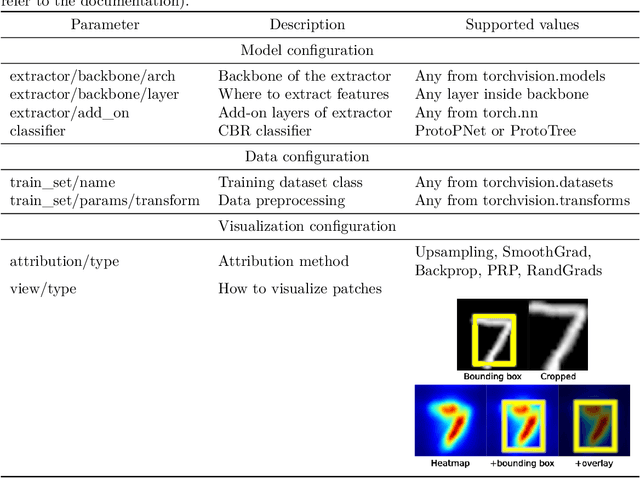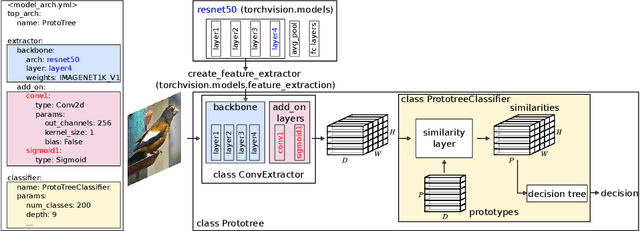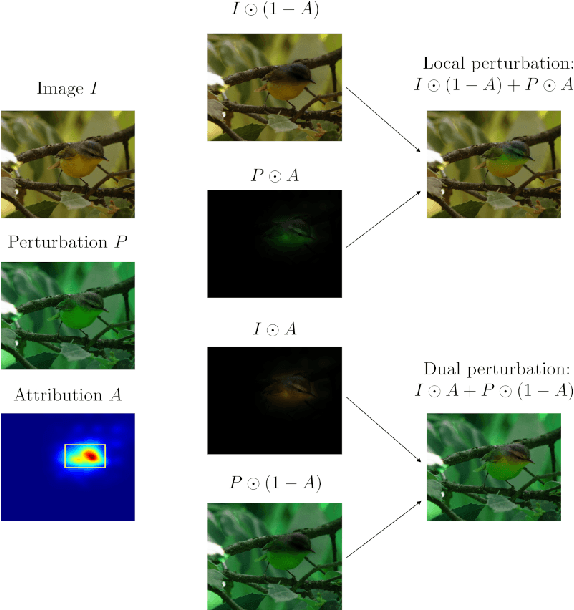Alban Grastien
LSL
CaBRNet, an open-source library for developing and evaluating Case-Based Reasoning Models
Sep 25, 2024


Abstract:In the field of explainable AI, a vibrant effort is dedicated to the design of self-explainable models, as a more principled alternative to post-hoc methods that attempt to explain the decisions after a model opaquely makes them. However, this productive line of research suffers from common downsides: lack of reproducibility, unfeasible comparison, diverging standards. In this paper, we propose CaBRNet, an open-source, modular, backward-compatible framework for Case-Based Reasoning Networks: https://github.com/aiser-team/cabrnet.
A More General Theory of Diagnosis from First Principles
Sep 28, 2023Abstract:Model-based diagnosis has been an active research topic in different communities including artificial intelligence, formal methods, and control. This has led to a set of disparate approaches addressing different classes of systems and seeking different forms of diagnoses. In this paper, we resolve such disparities by generalising Reiter's theory to be agnostic to the types of systems and diagnoses considered. This more general theory of diagnosis from first principles defines the minimal diagnosis as the set of preferred diagnosis candidates in a search space of hypotheses. Computing the minimal diagnosis is achieved by exploring the space of diagnosis hypotheses, testing sets of hypotheses for consistency with the system's model and the observation, and generating conflicts that rule out successors and other portions of the search space. Under relatively mild assumptions, our algorithms correctly compute the set of preferred diagnosis candidates. The main difficulty here is that the search space is no longer a powerset as in Reiter's theory, and that, as consequence, many of the implicit properties (such as finiteness of the search space) no longer hold. The notion of conflict also needs to be generalised and we present such a more general notion. We present two implementations of these algorithms, using test solvers based on satisfiability and heuristic search, respectively, which we evaluate on instances from two real world discrete event problems. Despite the greater generality of our theory, these implementations surpass the special purpose algorithms designed for discrete event systems, and enable solving instances that were out of reach of existing diagnosis approaches.
An example illustrating the imprecision of the efficient approach for diagnosis of Petri nets via integer linear programming
Oct 16, 2012
Abstract:This document demonstrates that the efficient approach for diagnosis of Petri nets via integer linear programming may be unable to detect a fault even if the system is diagnosable.
 Add to Chrome
Add to Chrome Add to Firefox
Add to Firefox Add to Edge
Add to Edge